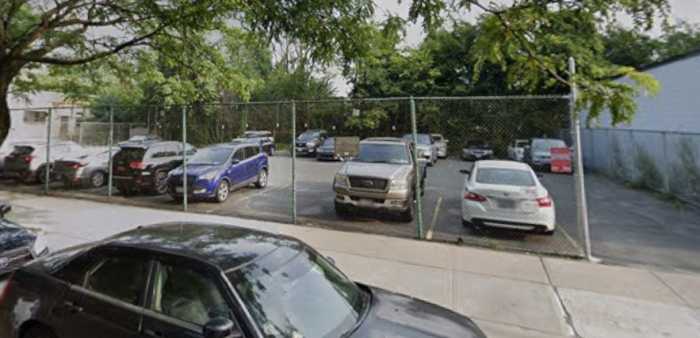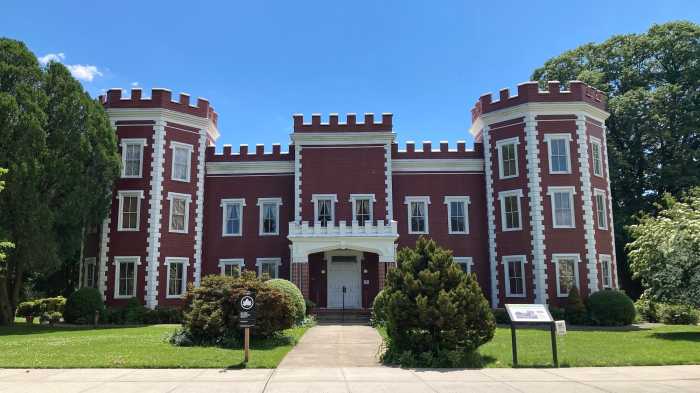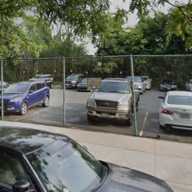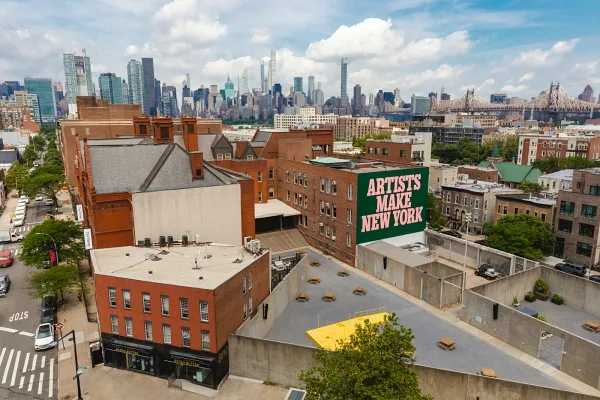Home prices more than doubled in 24 neighborhoods across New York City over the past decade—including seven in Queens—according to a new report from real estate research site PropertyShark that highlights dramatic shifts in the city’s housing market between 2014 and 2024.
The Queens neighborhoods to experience this change included Breezy Point, Hamilton Beach, Long Island City, Brookville, Jamaica, Hollis and Rochdale. Only Brooklyn accounted for more neighborhoods among the list of 24, with eight.
Breezy Point had the second-highest price growth among all New York City neighborhoods over the ten-year period, with a 192% increase, trailing only Two Bridges in Manhattan, which had a 288% jump. The median sales price in Breezy Point went up from $248,000 in 2014 to $725,000 in 2024.
Hamilton Beach ranked right behind Breezy Point, with a 172% increase, from $170,000 in 2014 to $462,000 in 2024. Long Island City had a 132% jump, from $287,000 to $667,000. Brookville experienced a 110% boost, from $317,000 to $667,000. Jamaica’s median rent rose 105%, from $276,000 to $565,000. Hollis had a 103% rise, from $353,000 to $715,000. The median rent in Rochdale climbed 102%, from $297,000 to $600,000.
Some of the main contributing factors to these neighborhoods experiencing such dramatic increases in median rent over a period of just ten years included rezoning, infrastructure upgrades, climate resilience projects, the influence of hybrid work following the COVID-19 pandemic and recovery from Hurricane Sandy, which struck New York City in 2012.
Post-Sandy recovery efforts and flood mitigation projects were heavily influential in the severe price growth in Breezy Point. This work led to climate gentrification in the neighborhood, with the homes becoming more expensive thanks to their climate resilience.
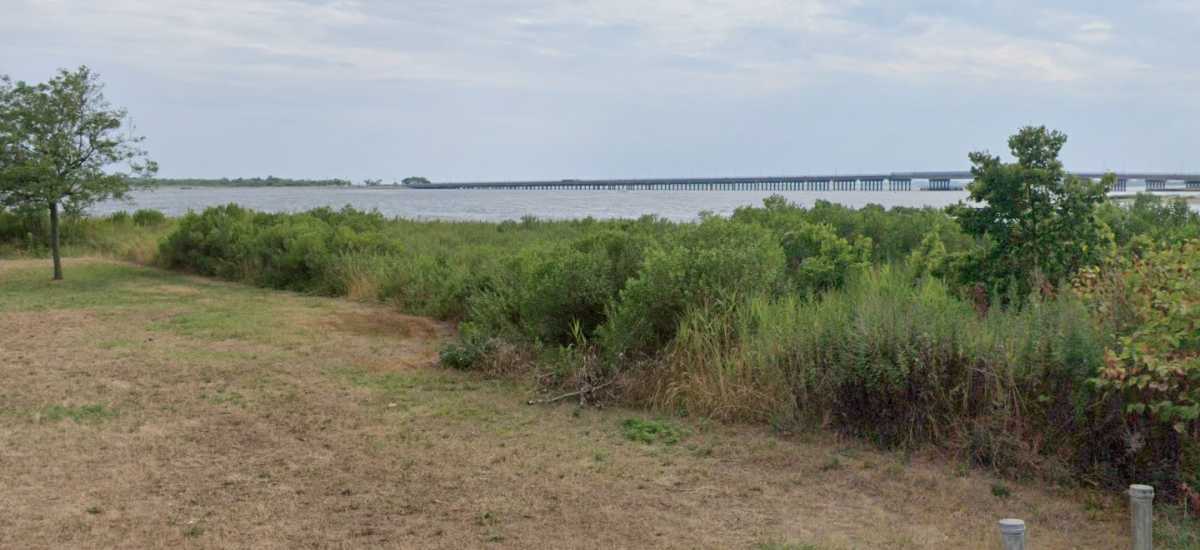
Hamilton Beach, like Breezy Point, was also heavily influenced by major climate resilience upgrades after being impacted by Hurricane Sandy. However, unlike with Breezy Point, demand is still being suppressed in Hamilton Beach by environmental constraints and deliberate policy. Commercial density is limited there by post-Sandy rezoning, which has restricted the types of retail and mixed-use developments that can be built. While no large-scale projects have entered the pipeline in Hamilton Beach, its close proximity to JFK Airport and waterfront appeal, along with an increase in hybrid work, has still made it attractive and opens the door for renewed interest.
The rapid development of residential towers and commercial spaces in Long Island City has helped to boost the local economy of the area. However, this has also led to a significant increase in the median sales price.
Jamaica was the only Queens neighborhood on the list that was impacted the most by gentrification. Rezoning and the completion of several large-scale mixed-income development projects like The Monarch have brought plenty of luxury housing to Jamaica, which has outpaced the market-rate and affordable homes added to the area. The Monarch, which opened in 2024, is one of many projects in the neighborhood that has brought hundreds of luxury apartments to the area. The high-end amenities make these apartments attractive to commuters and professionals.
The unique mix of asset types, housing structures, zoning regulations and community compositions in Brookville and Rochdale have heavily contributed to them being able to avoid gentrification.
In Brookville, the tightening of zoning and height limitations in 2009 has made the neighborhood feel very suburban. There is a strong sense of community among residents, which accounts for the fact that very few homes become available on the market here. The few homes that do go on the market have their prices inflated due to bidding wars.
Structural protections have also protected Rochdale from gentrification. Similar to Brookville, a scarcity in available homes and a high demand spilling in from nearby areas have heavily contributed to price growth there.
A growing mismatch in incomes between Hollis residents and new developments like Q-188 is signaling pre-gentrification in the neighborhood, with an influx of wealthier residents. Affordable rents at these new developments are often well above what long-term Hollis residents are able to afford.


